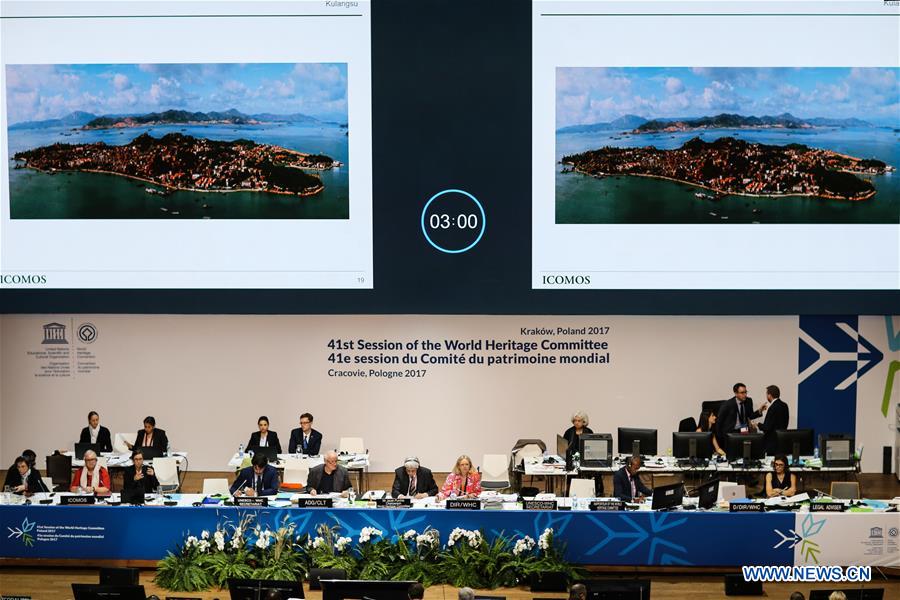In search of trade deals
In a dramatic coup de theatre the EU decided to announce a possible trade deal with Japan. They did so with the sound of clicking cameras at the Hamburg G2o summit in prospect. They did so to embarrass Mr Trump, who has turned his back on the elaborate and contentious multi country Trans Pacific Trade Partnership. They did so to tell the UK that after years of no progress the EU with its Canada deal and it is possible Japan deal is at last willing to pursue more free trade worldwide.
I would be delighted if the EU did do a proper trade deal with Japan. When we leave the EU both we and EU have to confirm that each of the EU trade deals will still apply to the two splitting parts. There is every likelihood that they will. Only the third country as the co signatory could prevent each trade deal novating, passing, to both the rest of the EU and the UK naturally. Why would they wish to reverse something that is in their interest and which they willingly signed. So if before we leave the EU already has a Japanese deal, all well and good.
If you read some of the smaller print about the Agreement, you see that so far it is fairly narrow, with plenty of remaining issues to sort out. It does not unfortunately look likely that there will be an EU/Japan deal signed and operating by March 2019. They have not, for example worked out how any disputes will be resolved. Japan favours existing arbitration. The EU ants the ECJ involved. Sound familiar? The EU has sort of promised to remove the 10% tariffs on Japanese cars into the EU market, but it wants to spread the reduction over a number of years and reserves the right to go slow or cancel if too many Japanese cars turn up. Japan for her part has promised some opening of her food market for some EU dairy products.
Any progress is welcome, and should be welcome to the UK leaving the EU. The lack of agreement over important issues, and the narrowness of the positives imply this was an announcement put out for dramatic diplomatic effect at this summit.
Meanwhile Mr Trump could not have been clearer. He wants a good trade agreement between the US and UK as soon as possible. That’s left the gloomsters who reject the democratic choice of the Uk saying that we can do nothing to advance this before we have left! Why not? The only thing we cant do is to sign the Agreement we are working on. When will they start working on our side for a change?
